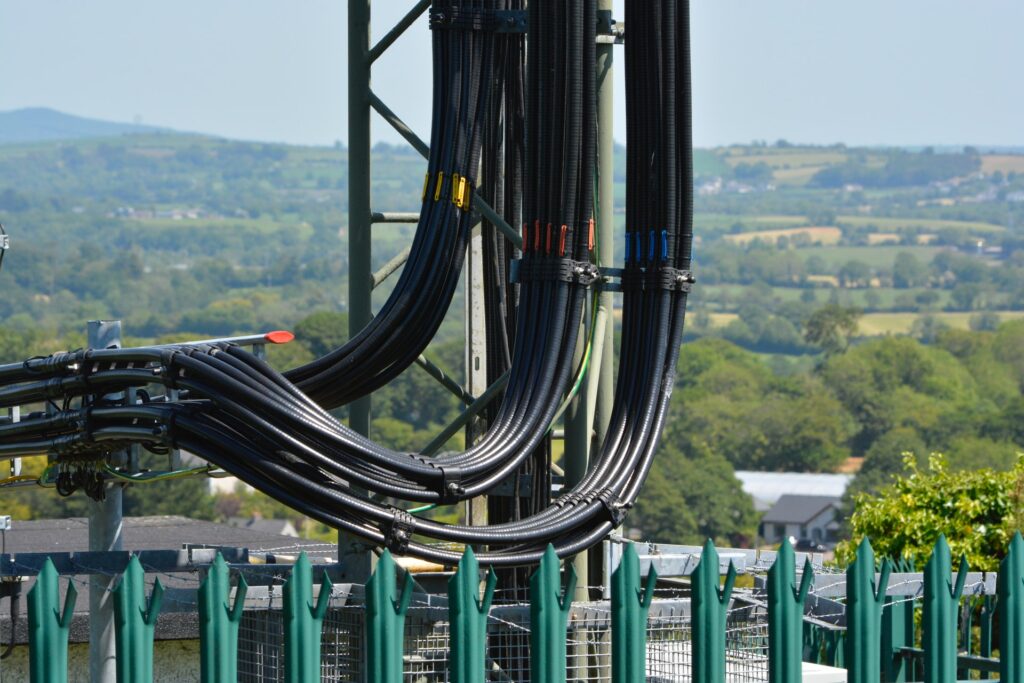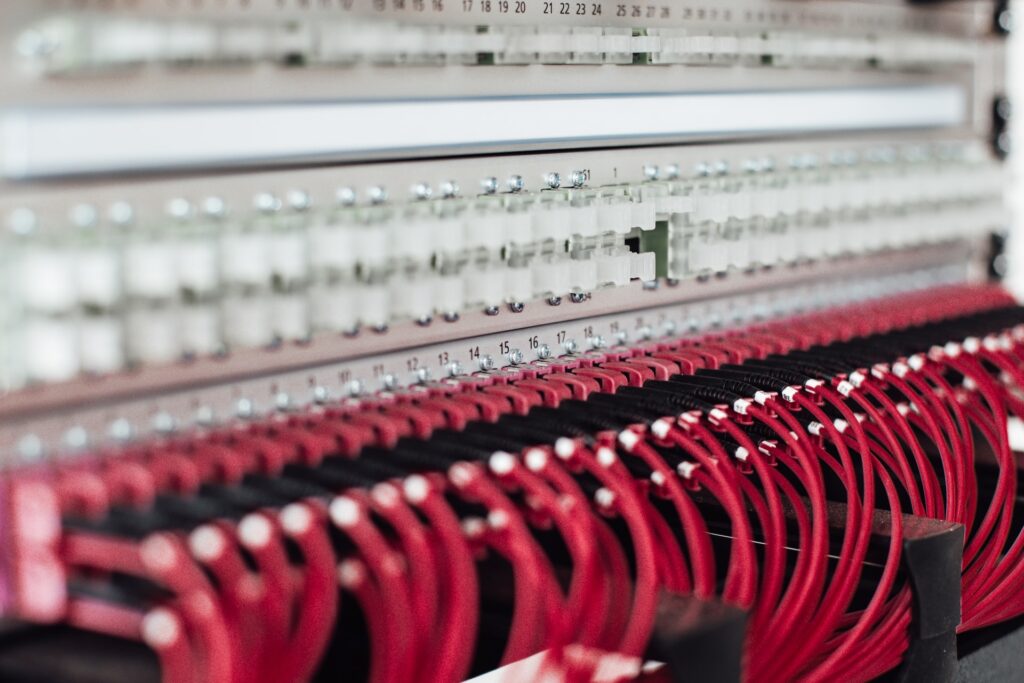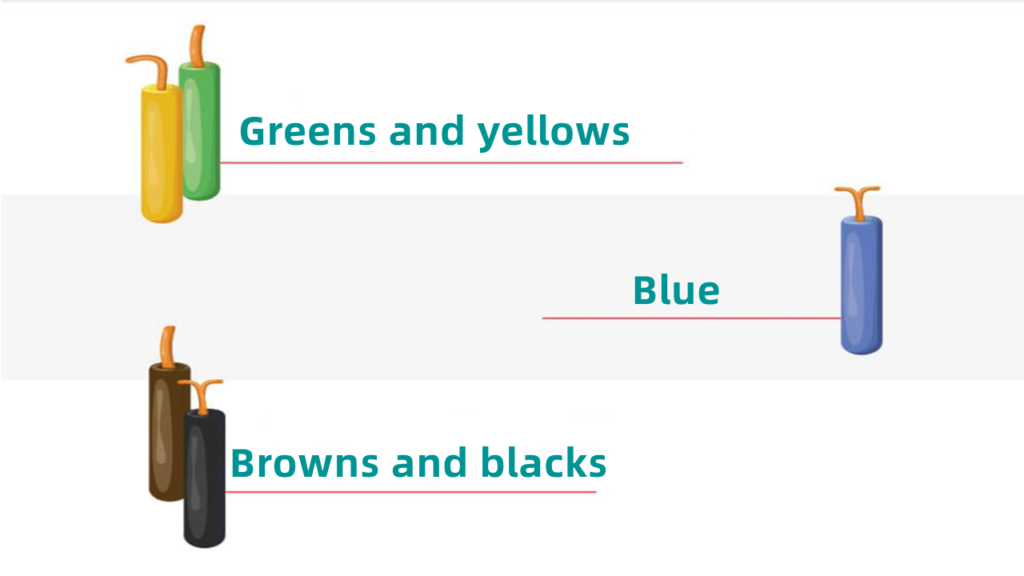Attached to the walls, of different colors and a variety of sizes, electrical cables are part of the current dynamics on which we base our lives. Directly or indirectly, we all use them for endless tasks without realizing their importance, and the various types of electrical cables that exist.
Table of content
What is an electrical cable?

We call an electrical cable the element made of various compounds that has the purpose or purpose of conducting electricity or the passage of electrons. The transmitted energy runs through the body of the cable to go from one end to the other.
The origin of its name is related to two different words: capulum , from the Latin, which means rope, and the Hebrew word kabel , which can be translated as strong rope.
Parts and components of an electrical cable
For an electrical cable to work correctly, various elements are needed. Each of these components performs a unique function to ensure the passage of electrical current.
Electrical conductor
It is probably the most important element of an electrical cable, because electricity is transported through it . It can be made of various materials such as copper, aluminum and even gold. It is made up of one or more conductive threads.
Isolation
It is the element in charge of covering or protecting the conductive element . It is made of various materials such as plastic or polymer, and also fulfills the function of guaranteeing the passage of electrical current and insulating the interior to prevent accidents.
Metallic protections
Some cables include a pair of metal shields. The first of them, called screen, serves to protect the interior from external interference, meanwhile, the second, known as armor, protects the interior from blows, bites or other elements .
Deck
The jacket has the primary mission of protecting the interior of the cable from external factors, and is generally made of a polymeric material according to the insulation material.
Categories of electrical conductors
Conductors are the soul of any cable, and like other elements in this field, there are various types of electrical conductors responsible for various tasks. Become an expert on this subject and everything related to electricity. Study our Electrical Circuits Course and professionalize yourself in a short time.
Bare wire conductor
It is a single wire or conductive thread that does not have any coating of the wire itself. It is often used for grounding.
Insulated wire conductor
It is made up of a single bare wire that is then covered with an insulator in order to avoid contact with the outside. Its use is very common in all types of electrical installations.
Flexible cable conductor
This type of conductor is characterized by having a multitude of plastic-coated conductors. It is made up of a variety of threads, making it much more flexible and easy to use in all types of installations.
Cord conductor
The strand conductor is made up of several flexible cable conductors insulated from each other, and sheathed to form one.
Types of electrical cable

Currently, no type of electrical or technological connection could work without the existence of various types of electrical cables. Learn everything about this field and its operation with our Diploma in Electrical Installations. Become a professional in no time with our teachers and experts.
Uni-polar
It is made up of a single conductive thread in charge of transporting the electric current. They are usually very simple and common in various connections.
Multi-polar
It is made up of two or more conducting wires previously covered by an insulator. Due to the number of threads, it does not have much flexibility.
Coaxial
It is the type of cable used for television signals . It is made up of a single thread or wire, an insulator, a metal mesh, and a coating.
Braided
These cables are made of two or more intertwined cables within the same jacket . A clear example is UTP cables, which are used in computer systems such as internet connections, security cameras, among others.
Duplex
It consists of two parallel cables that are used to transport electrical energy in homes and small places. It is also often called double-wire.
Tape
It is a series of wires placed side by side . This feature gives them a flat appearance that favors computing functions.
Twin axial
It has characteristics similar to coaxial cable, with the only difference being that it has two conducting wires instead of one.
Gauge, measurements and uses of electrical cables
The gauges of electrical cables are one of the many characteristics that determine the function of each one. This factor describes the diameter of the conductors and takes as reference the American Wire Gauge or AWG system to assign a value. Professionalize yourself in the field of electricity with our Diploma in Electrical Installations.
Different colors in electrical cables

The colors of the cables are not due to a decorative or striking aspect, since these colors have a specific and important reason to guarantee the passage of electrical current.
Greens and yellows
These are the ground wires . They are responsible for going from the grounding of the site to the electrical panel of a house.
Blue
It is the neutral cable that returns the current favoring the correct passage of electrical energy.
Browns and blacks
They are phase cables in which the electrical energy enters. This can go from 220 to 230 volts and can only be handled by professionals.


